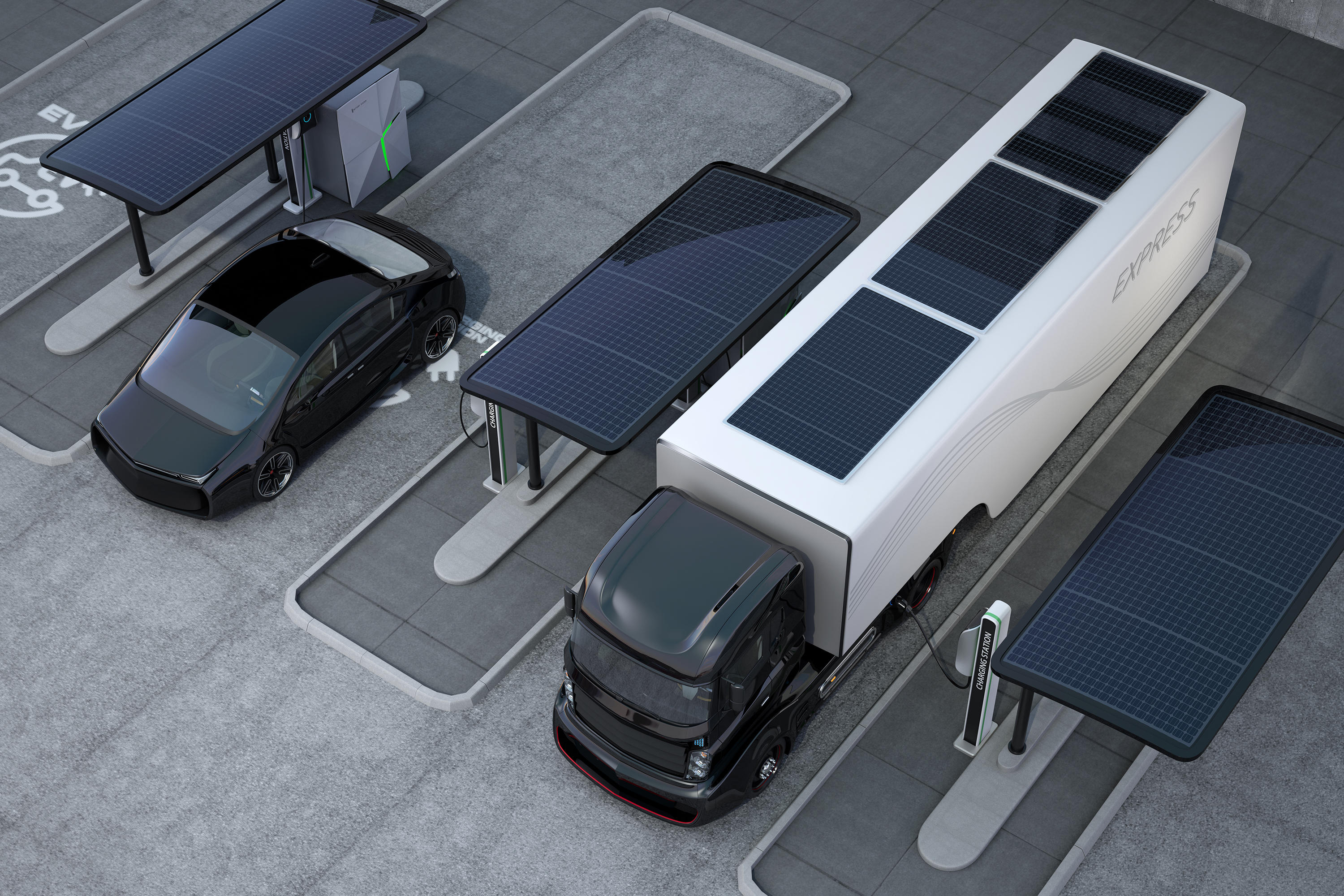Mapping the UK's energy network
To change the entire energy system, we first need to know what we have
To help achieve this, the UK government’s Energy Data Taskforce recommended building an in-depth digital system map of the UK. Which is why Britain’s electricity and gas networks have launched a new proof of concept which gives information about network assets, where they are located, and who owns them.
The project, commissioned by the Energy Networks Association aims to enable innovation in the sector by making it easier for renewables and other low carbon technologies to connect and help innovators across the energy sector decide where to invest.
"Harnessing the power of data and digitalisation is vital to reaching the UK’s world-leading climate targets"
When Ordnance Survey was asked to help build a prototype of the National Energy System Map, along with partners 1Spatial, the first consideration was how do we produce a national digital map that is secure, allowing access to valuable data in a way that doesn’t compromise security and commercial sensitivities.
The next challenge was dealing with variations in data structure as every network operator recorded data in a slightly different way and format. To build a central data platform where information could easily be found and accessed, the data first had to be processed to be consistent. We designed a system map underpinned by standards so everything could be published to be understood by everyone.
Alongside the need to make data useful, is the interesting aspect of human collaboration. We’re building a technology platform solution, but there is a very human aspect. The communities that gather around projects like this, can bring unlimited innovation once they start interacting with it. It’s amazing to witness how people start to imagine the endless possibilities of what could be done.

For example, operators of large fleets of electric vehicles need to plan where they can charge them. A bus company could log into the platform, bring up their sites, zoom and query the local energy network, to see how much sub-station capacity exists before putting in additional demand. Having real-time info on which depot can provide enough load from the grid means decisions on where buses should be parked overnight can be made.
Another user might be planning where to put local solar panel sites and wants to know how to connect them to the grid. An energy map can give planners detailed information at a local level, which can also help inform where EV infrastructure should go. By combining local information to a national level, we can work out which petrol stations and motorway services can be converted to handle EV charging loads on the grid.
Its possible to make these decisions from a local to a national level, because we have the entire network for Great Britain, including the sites, circuits, substation capacity and have integrated Embedded Capacity Register (ERC) held by every network operator. The ERC provides enhanced information including generation and storage resources (>1MW) that are connected to the network. It also shows the flexibility of services that are being provided by connected resources including flexible demand.
This asset information is sensitive. As a security measure, the data is currently only permissible in small chunks, with all system interactions being logged and reported. This security challenge and controlling who gets access will require a sophisticated vetting process.
We see a huge market for location technologies in the years to come. Location in the energy sector will become more important as the grid moves to a dynamic and locally compartmentalised with local generation, more solar on roofs, and the massive roll-out of EV charging. Which is why we’re building a portfolio of companies who are working in the energy space mix through our Geovation start-up programme.
The National Energy Systems Map proof-of-concept is now being tested with users so we can gather feedback on how a future national energy systems map should be built.
Get in touch with us to discuss the NESM project or your project.
Need some specialist help?
Contact your Account Manager for help with a specific query

Strategic Propositions Manager
Find more Insights
- Sustainability
- Connectivity
- Businesses
- PSGA members
- Energy distribution network operators
- Great Britain
- United Kingdom